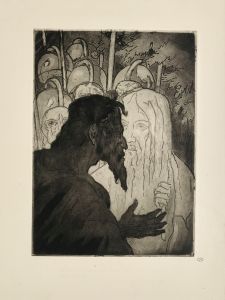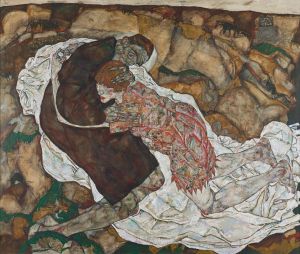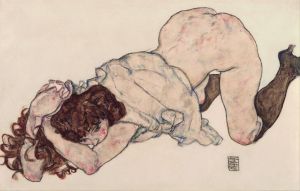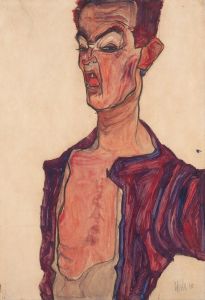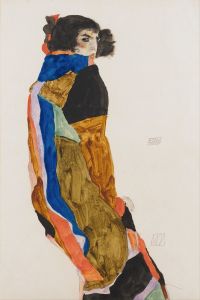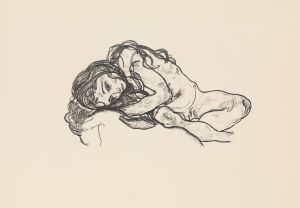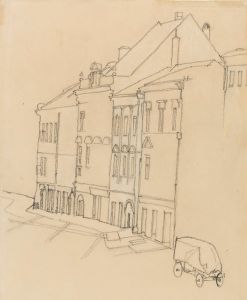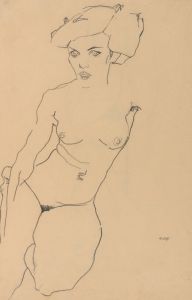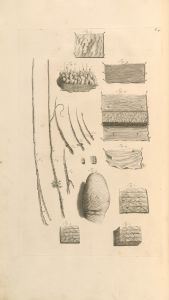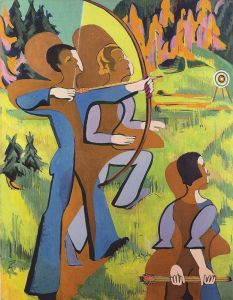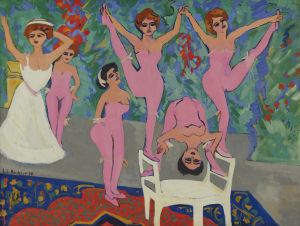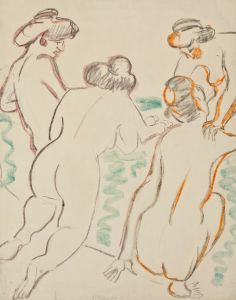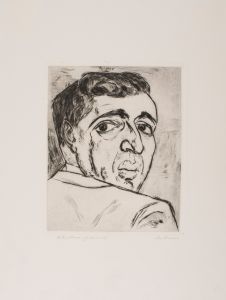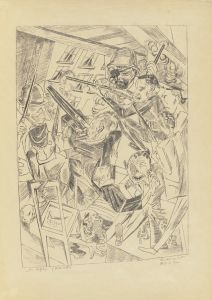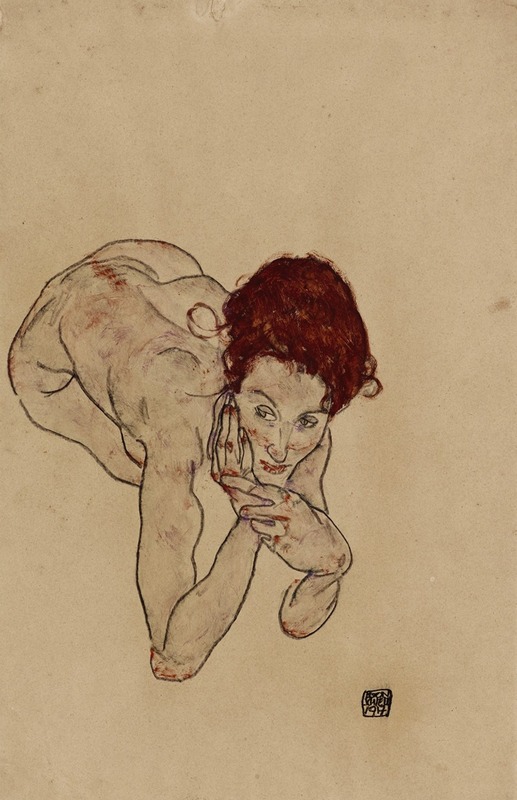
Kauernder weiblicher Akt
A hand-painted replica of Egon Schiele’s masterpiece Kauernder weiblicher Akt, meticulously crafted by professional artists to capture the true essence of the original. Each piece is created with museum-quality canvas and rare mineral pigments, carefully painted by experienced artists with delicate brushstrokes and rich, layered colors to perfectly recreate the texture of the original artwork. Unlike machine-printed reproductions, this hand-painted version brings the painting to life, infused with the artist’s emotions and skill in every stroke. Whether for personal collection or home decoration, it instantly elevates the artistic atmosphere of any space.
Egon Schiele, an Austrian painter known for his distinctive style and contribution to early 20th-century art, created the work "Kauernder weiblicher Akt" (Crouching Female Nude) in 1918. Schiele, a protégé of Gustav Klimt, was a significant figure in the Expressionist movement, and his works are characterized by their raw emotional intensity, bold lines, and often provocative subject matter.
"Kauernder weiblicher Akt" exemplifies Schiele's exploration of the human form and his interest in capturing the psychological depth of his subjects. The painting depicts a nude female figure in a crouching position, a pose that Schiele frequently employed to convey vulnerability and introspection. The figure's contorted posture and the stark, almost skeletal rendering of her body highlight Schiele's fascination with the human anatomy and his ability to convey complex emotional states through physical form.
Schiele's use of color in this work is minimal yet effective, with the figure's pale skin contrasting against a muted background. This choice of palette draws attention to the model's form and emphasizes the tension in her pose. The lines are sharp and deliberate, a hallmark of Schiele's style, which often involved a combination of pencil and watercolor to achieve a sense of immediacy and dynamism.
The context of "Kauernder weiblicher Akt" is significant, as it was created during a tumultuous period in Schiele's life and in the world at large. The year 1918 marked the end of World War I, a time of great social and political upheaval. Schiele himself was deeply affected by the war and the Spanish flu pandemic, which ultimately claimed his life at the age of 28, just months after completing this work. This period of uncertainty and existential reflection is often reflected in the somber and introspective nature of his later works.
Schiele's approach to the nude was revolutionary for his time, often challenging societal norms and pushing the boundaries of what was considered acceptable in art. His depictions of the human body were not merely studies of form but were imbued with a psychological depth that invited viewers to confront the complexities of human emotion and sexuality. "Kauernder weiblicher Akt" is a testament to Schiele's ability to capture the essence of his subjects with an unflinching honesty that continues to resonate with audiences today.
The painting is part of Schiele's broader oeuvre, which includes numerous portraits, self-portraits, and figurative works that explore themes of identity, sexuality, and mortality. Despite his short life, Schiele's impact on the art world was profound, influencing generations of artists and securing his place as a pivotal figure in the history of modern art.
Today, Egon Schiele's works, including "Kauernder weiblicher Akt," are celebrated for their innovative approach and emotional depth. They are housed in major museums and collections worldwide, where they continue to be studied and admired for their contribution to the development of Expressionism and their enduring exploration of the human condition.





